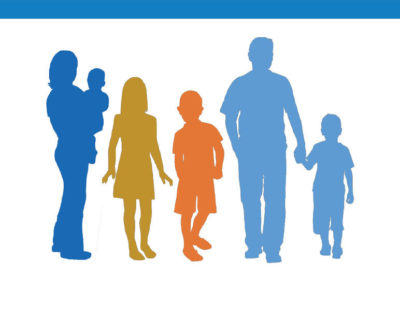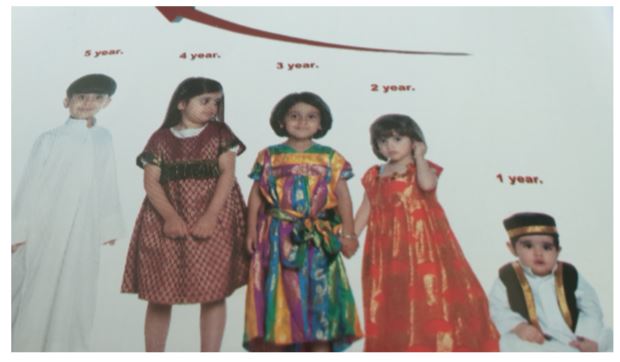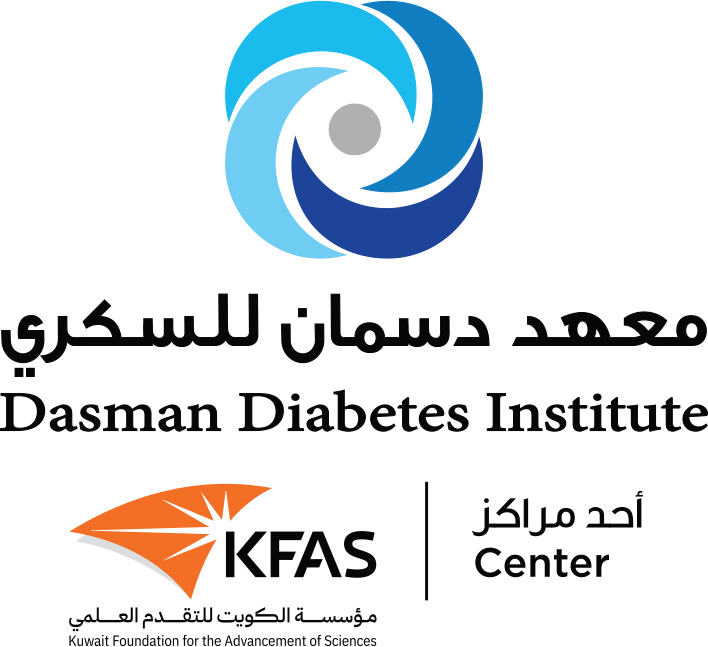
History Of The Pediatric Diabetes Registry In Kuwait – Population Health Research
Published on 01/07/2019
In many countries, diabetes registries are in place to collect information on patients with diabetes to provide information for healthcare planning and monitoring of trends. In Kuwait, a registry was started in the 1990’s to collect data on diabetes in children. This registry – the Childhood-Onset Diabetes eRegistry (CODeR) – was initiated as part of the DiaMond study (an international study coordinated by the World Health Organization) and focused primarily on newly diagnosed diabetes in children, based on hospital records. This registry is still ongoing and has been demonstrated to be very useful, in particular providing data on newly diagnosed cases of T1D in children (referred to as “incidence” and expressed as number of new cases per 100,000 individuals in the relevant population group per year).
For example, the incidence of T1D in children has been reported to increase worldwide and data based on CODeR confirm that this phenomenon is also observed in Kuwait. Dr. Azza Shaltout and colleagues published an analysis in 2016, which highlighted the rapid increase in new cases of T1D in Kuwaiti children under 14 years of age over the last 20 years, resulting in a doubling of incidence, i.e. new patients diagnosed between 1992-4 (17.7 per 100,000 children under 14 years per year) and 2011-13 (40.9 per 100,000 children under 14 years per year). In addition, results from CODeR also provide important clinical information about Kuwaiti children with newly diagnosed T1D as reported by the same investigators (2016). Of particular importance is that diabetic ketoacidosis (DKA) – a serious, potentially deadly complication – was high, affecting about one third of children at arrival to the hospital (33.6%) and that DKA was significantly more common in very young children, less than 2 years (60.7%).

Kuwait is one of the countries with the highest incidence of T1D in children in the world and, clearly, close monitoring of newly diagnosed patients with diabetes is critical for long-term planning of resources to provide life-long healthcare for children with this chronic condition. The results indicate that awareness about T1D is still lacking among parents and other caregivers. More effort is needed to inform the public as well as health professionals about T1D and its early symptoms so that children with T1D can be diagnosed and treated without delay. In particular, the high frequency of DKA in the youngest age group is of concern, highlighting the need to draw attention to the early signs at onset of T1D in very young children to avoid the development of this medical emergency. Early diagnosis of T1D and rapid initiation of treatment are critical components of good diabetes care.


